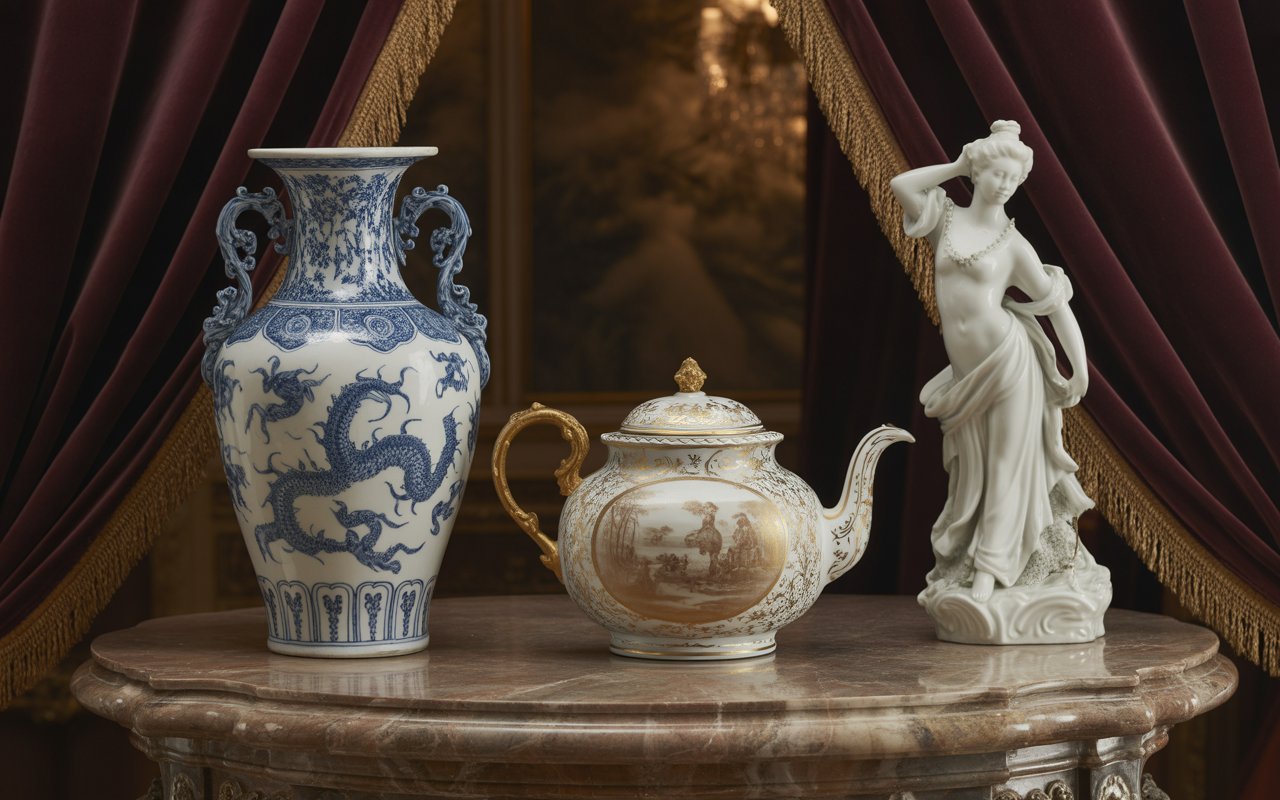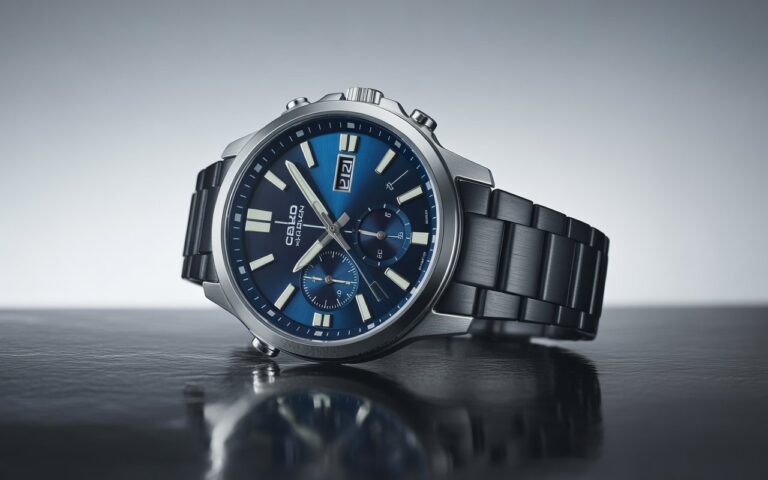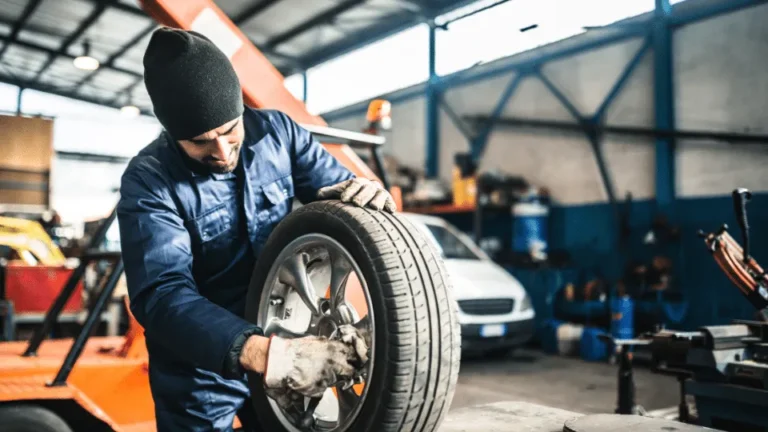Sodiceram: Next-Generation Sodium-Infused Ceramic Transforming Industries
Ceramics have been an integral part of human civilization for millennia, celebrated for their durability, aesthetic appeal, and thermal resistance. From tiles in ancient palaces to modern industrial components, ceramics have proven their value across countless applications. However, traditional ceramics often face challenges such as high porosity, susceptibility to thermal shock, and limited adaptability in extreme conditions.
Enter Sodiceram, a revolutionary next-generation ceramic material infused with sodium-based compounds. By integrating sodium into the ceramic matrix, Sodiceram enhances performance, reduces environmental impact, and expands design possibilities. It is poised to redefine what ceramics can achieve across industries—from construction and healthcare to electronics, art, and advanced manufacturing.
History and Evolution of Sodiceram
Sodiceram’s journey began in the early 20th century, rooted in the pursuit of blending traditional craftsmanship with modern ceramic engineering. Early pioneers experimented with fluxing agents to improve vitrification, reduce porosity, and strengthen ceramic products.
Over the decades, scientific research and technological advancements enabled the development of sodium-enhanced ceramics that outperformed traditional materials. Today, Sodiceram is recognized as a high-performance, eco-friendly alternative for both residential and commercial applications. Its evolution is marked by a balance of innovation and artisanal heritage, ensuring products that are both functional and aesthetically captivating.
Through strategic research initiatives and commercialization efforts, Sodiceram has gained traction worldwide, becoming a preferred choice among architects, interior designers, manufacturers, and industrial engineers.
Science and Composition of Sodiceram
Material Composition
Sodiceram is crafted from a carefully engineered blend of raw materials:
- Kaolin clay for plasticity and shape retention
- Quartz for hardness and dimensional stability
- Feldspar for vitrification
- Alumina for structural strength
- Sodium compounds (sodium carbonate, sodium silicate, or nepheline syenite) as flux agents
Chemical Principles
The key innovation lies in sodium’s role as a fluxing agent, which lowers the melting point of silica and alumina in the ceramic matrix. This facilitates:
- Reduced firing temperatures, conserving energy
- Enhanced vitrification, producing dense, low-porosity ceramics
- Improved thermal shock resistance, minimizing cracking
- Superior surface finish, allowing high-gloss, matte, or textured finishes
Manufacturing Chemistry
During firing, sodium promotes glass-phase formation that envelops crystalline grains, increasing density and mechanical strength. Controlled microstructure engineering ensures that Sodiceram achieves:
- Porosity ≤ 0.5% (compared to 1–3% in conventional ceramics)
- Flexural strength > 40 MPa
- High abrasion resistance and Mohs hardness ~7
These properties make Sodiceram suitable for demanding applications where traditional ceramics often fail.
Manufacturing and Processing Techniques
Raw Material Preparation
Raw materials are carefully weighed and milled to ensure uniform particle size. Sodium compounds are integrated at precise concentrations (3–7% by weight) to optimize performance.
Forming Techniques
- Uniaxial and isostatic pressing for tiles, slabs, and specialty shapes
- Extrusion and casting for intricate components
- High precision ensures minimal defects and dimensional stability
Firing and Thermal Processing
Sodiceram is fired at 800–1250°C, significantly lower than conventional ceramics (1200–1400°C). This reduction:
- Cuts energy consumption by up to 50%
- Reduces CO₂, SO₂, and NOx emissions
- Lowers operational costs without compromising mechanical performance
Glazing and Surface Finishing
Sodiceram supports a variety of finishes:
- Matte, glossy, and metallic
- Digital printing and intricate patterns
- Sodium-borosilicate frits enhance adhesion and durability
Material Properties and Advantages
Mechanical Properties
- Flexural strength: >40 MPa
- Mohs hardness: 7
- Abrasion resistance: PEI Class V
Thermal Properties
- Thermal shock resistance up to 200 °C
- Coefficient of thermal expansion: 6–8 ×10⁻⁶ /K
Chemical Resistance
- Resists acids, alkalis, and household chemicals
- Low porosity prevents absorption of corrosive agents
Aesthetic and Design Flexibility
- Wide range of colors and patterns
- Supports glazing, printing, and sculptural designs
Sustainability Advantages
- Lower energy consumption due to reduced firing temperature
- Up to 40% less production waste
- Recyclable: can be crushed and reused
- Lifecycle >50 years
Types of Ceramics Produced with Sodiceram
- Porcelain: Translucent, strong, and durable
- Stoneware: Robust, resistant to thermal shock
- Earthenware: Vibrant colors, ideal for art and design
- High-performance ceramics: Electronics, aerospace, and medical applications
Applications Across IndustriesResidential
Ideal for flooring, countertops, and backsplashes, Sodiceram is durable, stain-resistant, and maintains its beauty in high-traffic areas. Its versatile finishes enhance both modern and traditional home designs.
Commercial and Public Spaces
Perfect for airports, malls, and offices, it withstands heavy foot traffic and chemical exposure. Its durability and aesthetic flexibility make maintenance easier in busy environments.
Architectural Façades
Used in exterior cladding and curtain walls, Sodiceram offers UV resistance, frost durability, and lightweight strength. It allows architects to create visually striking and weather-resistant building exteriors.
Art and Decorative
Sodiceram supports sculptures, tiles, and decorative panels with vibrant colors and smooth finishes. Its durability ensures long-lasting, visually appealing artistic creations.
Medical and Bioceramic
Biocompatible and precise, it’s used in dental prosthetics, implants, and surgical components. Its chemical stability ensures safety and longevity in healthcare applications.
High-Tech Industries
Used in electronics, aerospace, and smart devices, Sodiceram provides excellent insulation, thermal resistance, and mechanical strength. It enables precision components for advanced industrial applications.
Comparison with Conventional and Advanced Ceramics
| Feature | Conventional Ceramics | Sodiceram |
| Porosity | 1–3% | ≤0.5% |
| Thermal Shock Resistance | Moderate | High |
| Firing Temperature | 1200–1400°C | 800–1250°C |
| Sustainability | Low | High |
| Design Flexibility | Limited | High |
Sodiceram also competes with sintered stone, nanoceramics, and smart ceramics, offering performance at lower costs with greater eco-friendliness.
Economic and Environmental Advantages
- Cost per m²: Sodiceram ($35–70) vs. porcelain ($20–40) vs. stone ($60–120)
- Energy savings: 5–10% per firing cycle
- Waste reduction: up to 40%
- Emissions: significantly reduced
- Long-term value: reduced maintenance, extended lifecycle
Challenges and Considerations
- Scaling up production in traditional kilns
- Technical training for workforce adaptation
- Performance limits in extreme-use scenarios
- Supply chain reliance on sodium compounds
Future Innovations and Research
- Smart Ceramics: Integration with sensors, IoT, heating elements
- Lightweight and Flexible Panels: Hybrid composites for semi-flexibility
- Additive Manufacturing / 3D Printing: Custom components with graded sodium content
- Global Market Expansion: Focus on sodium-rich regions and sustainable construction
- Eco-Certifications: LEED, BREEAM, WELL alignment
Installation, Maintenance, and Lifecycle
- Selection criteria: Finish, thickness, slip resistance, load-bearing capacity
- Substrate preparation: Flat, stable surfaces with flexible adhesives
- Quality checks: Tile flatness, edge alignment, adhesive coverage
- Maintenance: Neutral cleaning, repair with epoxy fillers
- Longevity: >50 years with minimal upkeep
Conclusion
Sodiceram is more than a material; it is a ceramic revolution. By combining sodium-based chemistry with advanced manufacturing techniques, it delivers durability, aesthetic versatility, sustainability, and cost efficiency. Its applications span residential, commercial, artistic, medical, and high-tech industries, proving its adaptability and relevance.
As global industries prioritize sustainability and energy efficiency, Sodiceram offers a forward-looking solution that does not compromise performance. With ongoing research in smart ceramics, 3D printing, and eco-certified manufacturing, Sodiceram is poised to lead the next chapter in ceramic innovation, shaping the future of design, construction, and industrial applications.






